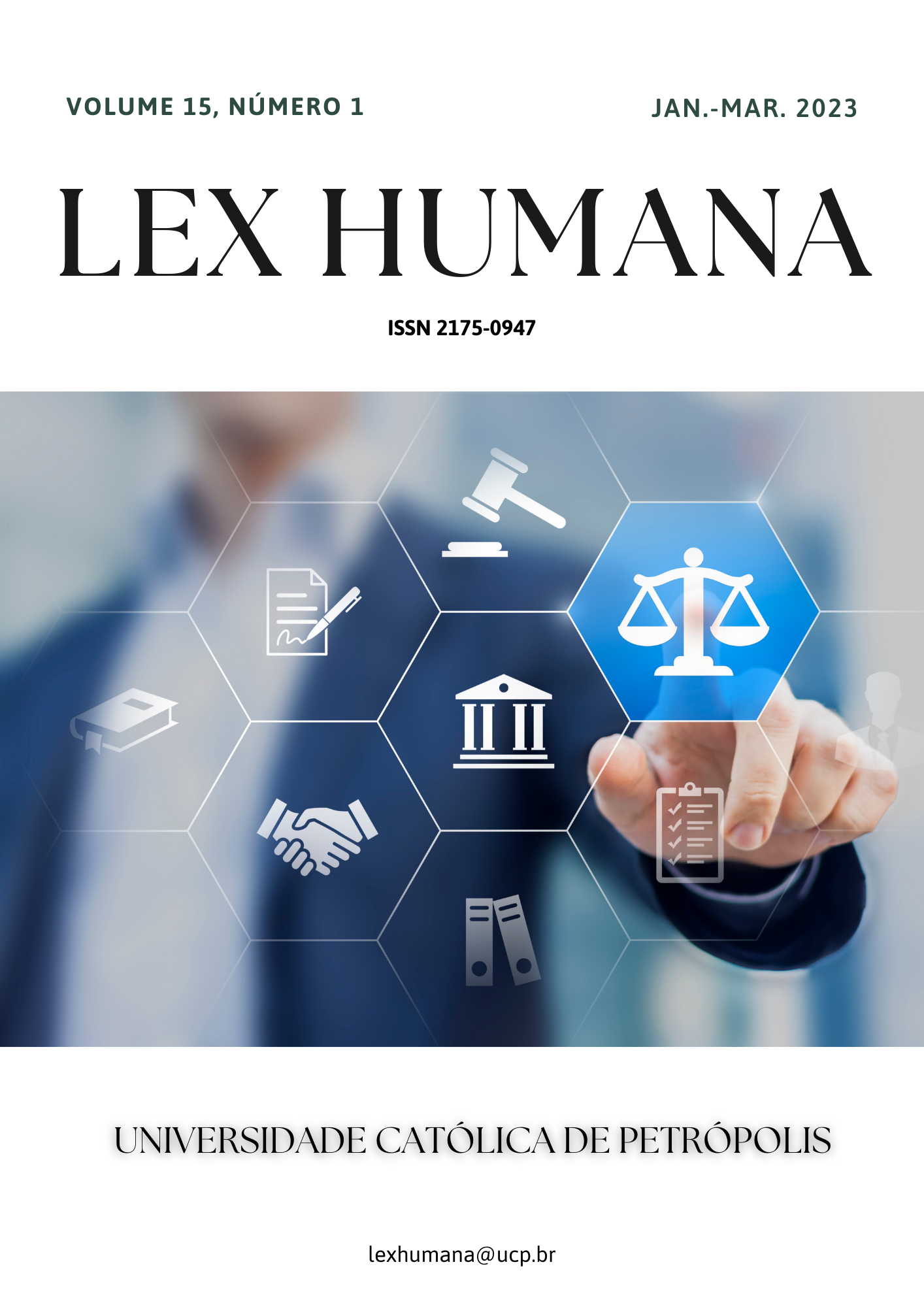Abstract
Unmarried cohabitation is a union that entails both cohabitation and consortium of emotions, joint lifestyle and economic cooperation between its partners. It has been on the rise in different jurisdictions, including India. In this changing social reality, it must be given both constitutional recognition, as well as, statutory protection. Maintenance is an important element of this relationship, especially for the female partner. This paper focuses on heterosexual unmarried cohabitation in India and the right of the woman’s maintenance within it. Through an examination of the provisions of the Constitution of India, the authors have discussed the need for protection of these relationships. The authors have also analysed the development of the right of maintenance in unmarried cohabitation, primarily through case laws on the subject. The authors have attempted to suggest a framework to strengthen the current law of maintenance for the female partners to make it a more effective remedy.
References
Hearn, E.W. (1878). The Aryan household: its structure and its development: an introduction to comparative jurisprudence. George Robertson.
Kirpal, S. (2020). Love and marriage. In Kirpal, S. (Ed.), Sex and the Supreme Court (pp. 117-135). Hachette India.
Menon, N. (2012). Seeing like a feminist. Penguin Random House India.
Agnes, F. (2009). Conjugality, property morality and maintenance. Economic and Political Weekly, 44 (4), 58-64.
Baker, K. (2020). What is non-marriage?. SMU Law Review, 73(2), 201-249.
Diwan, P. (1985). Claim of maintenance under Criminal Procedure Code. Journal of Indian Law Institute, 27 (2), 291-317.
Kandoian, E. (1987). Cohabitation, common law marriage, and the possibility of a Shared Moral Life. Georgetown Law Journal, 75 (6), 1829-1874.
Karanjawala, T. and Chugh, S. (2009). The legal battle against domestic violence in india: evolution and analysis. International Journal of Law, Policy and the Family, 23 (3), 289-308.
Krolokk, C. (2022, August 5). Three waves of feminism, from suffragettes to grrls. https://www.sagepub.com/sites/default/files/upm-binaries/6236_Chapter_1_Krolokke_2nd_Rev_Final_Pdf.pdf.
Menon, N. (2013). Shaping of future judges: tasks, challenges and strategies. Journal
of National Law University, Delhi, 1, 49-62.
Shehan, C. Berardo, F. Owens E. & Berardo D. (2002). Alimony: an anomaly in family social science. Family Relations, 51(4), 308-316.
Verrnier, C. & Hurlburt, J. Chester G. (1939). The historical background of alimony law and its present statutory structure. Law and Contemporary Problems, 6(2), 197-212.
India TV. (2022, July 27). 80% Indians support live-in as a way of life, says survey. https://www.indiatvnews.com/lifestyle/news-80-indians-support-live-in-relationship-as-a-way-of-life-says-survey-443161
Department Related Parliamentary Standing Committee on Human Resource Development on The Protection from Domestic Violence Bill, 2002 (Report No. 124).
Aruna Pramod Shah v Union of India 2008 (102) DRJ 543
Badri Prasad v Dy Director of Consolidation (1978) 3 SCC 527
Badshah v Urmila Badshah & Anr. (2014) 1 SCC 188
Chanmuniya v Virendra Singh Khushwaha (2011) 1 SCC 141
Dawood v Minister of Home Affairs, (2000) 3 SA 936 (CC)
Deepika Singh v Central Administrative Tribunal 2022 SCCOnline SC 1088
Dwarka Prasad Satpathy v Bidyut Dixit 2000 CrLJ 1 SC
Gulza Kumari & Ors. v State of Punjab & Ors PLR (2021) 202 P&H 711 (2)
Harvinder Kaur v Harmander Singh Choudhry AIR 1984 Del 66
Indra Sarma v VKV Sarma
Lata Singh v State of UP (2006) 5 SCC 475
M. Shanmugha Udayar v Sivanandam & Ors AIR 1994 Mad 123
Malarkodi Malar v Chief Internal Audit Officer (2021) Mad HC Writ Petition No. 5706 of 2021
Marvin v Marvin 18 Cal. 3d 660
Payal Sharma v Nari Neketan, AIR 2001 All 254
Smt. Yamunabai Annatrao Adhav v Anantrao Shivram Adhav AIR 1988 SC 644
Zeenat Parveen v State of Uttar Pradesh 2021

This work is licensed under a Creative Commons Attribution-NonCommercial-NoDerivatives 4.0 International License.
Copyright (c) 2023 Lex Humana (ISSN 2175-0947)
